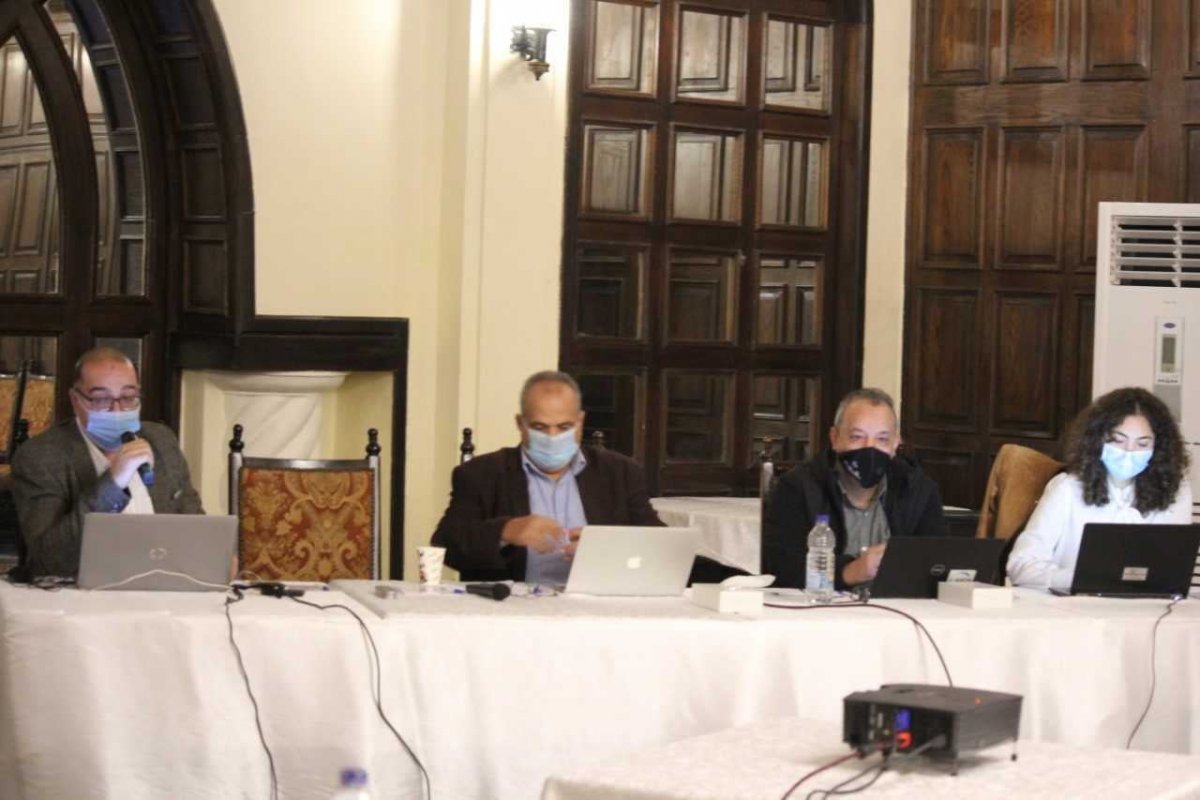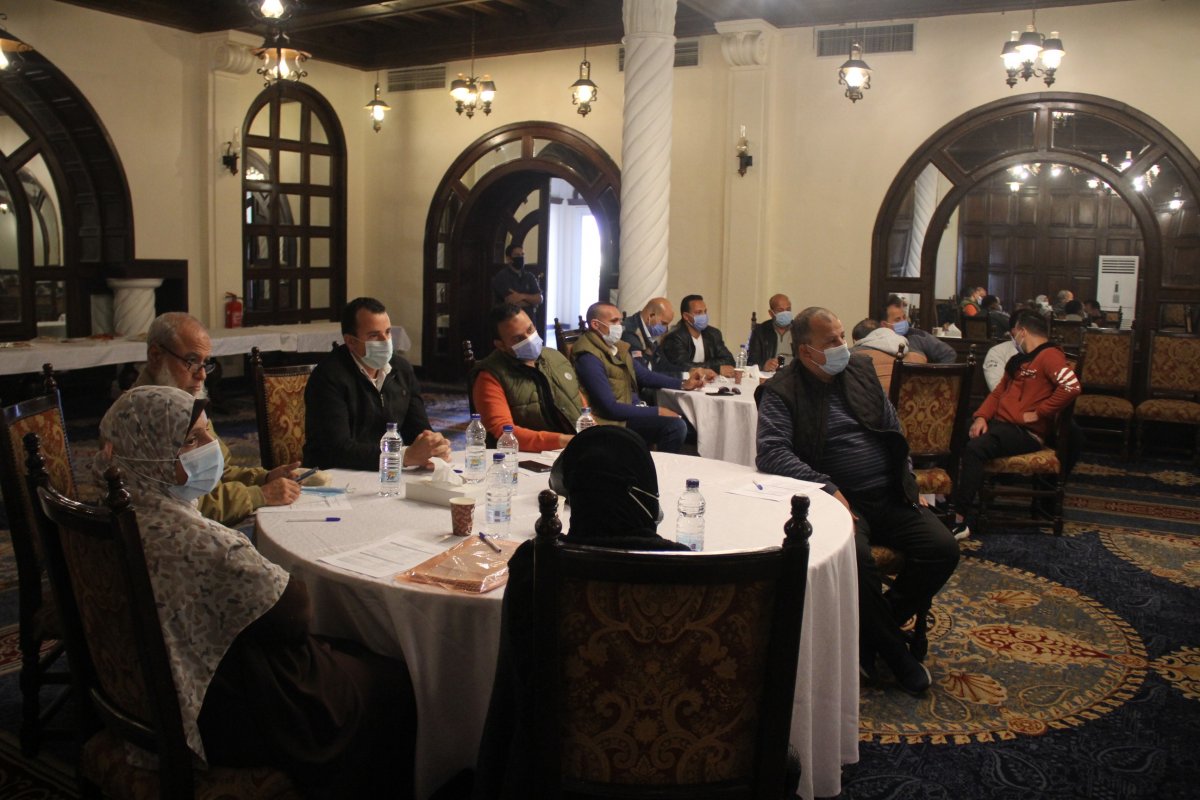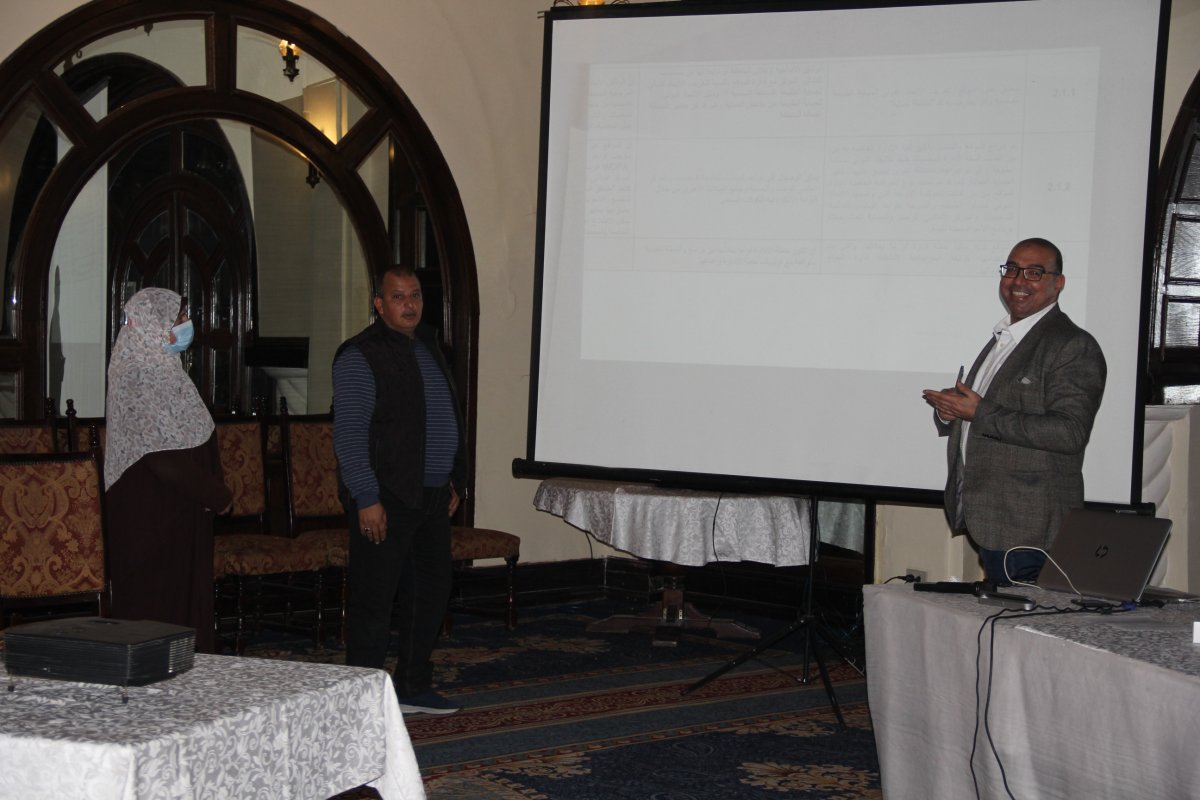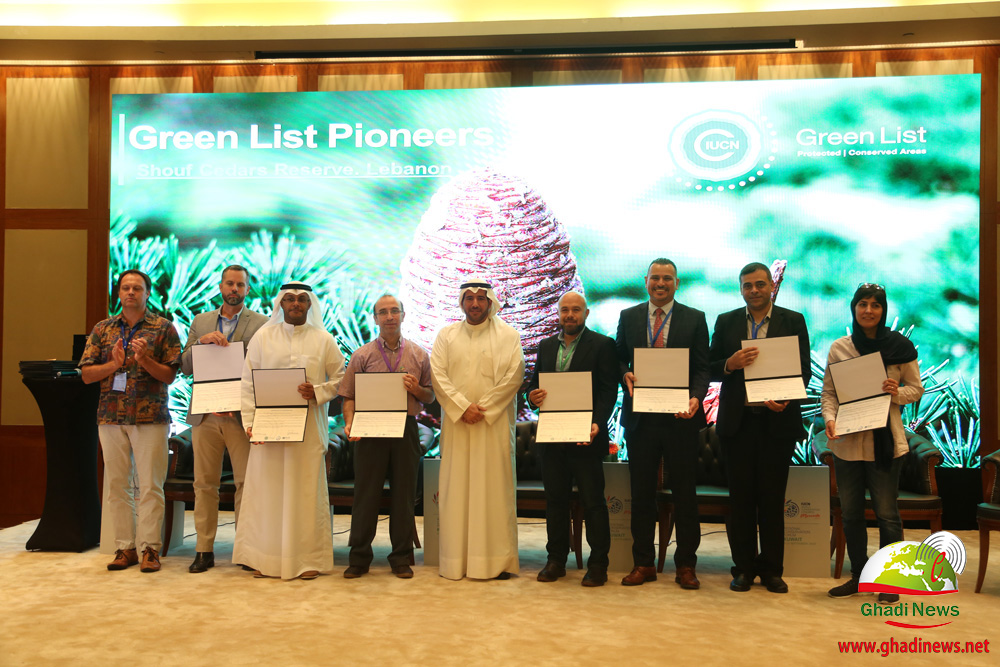IUCN Green List tour in the lands of the pyramids
Near the World Heritage and Green Listed site Wadi Al-Hitan, in Fayoum, one of the oldest cities in Egypt, an IUCN Green List orientation workshop was organised by the IUCN Regional Office for West Asia, in collaboration with the Nature Conservation Sector of the Ministry of Environment, on 26-27 December 2020. Participants were introduced to the IUCN Green List, including an in-depth look at the Standard’s components, criteria and indicators.
This orientation workshop was part of the preparatory activities for the project “Effective Management of Wadi El Rayyan and Lake Qarun protected areas”, which is funded by the Global Environment Facility (GEF) and executed by IUCN ROWA in collaboration with the Egyptian Environmental Affairs Agency and UN Environment Program.
In addition to the two project protected areas, site staff and managers from sites from all over Egypt participated in the workshop. The workshop was fully compliant with all COVID-19 safety and distancing measures.
During the workshop, the participants were introduced to the IUCN Green List, including an in-depth look at the Standard’s components, criteria and indicators over the two days. It was filled with discussions on stakeholder engagement and the role that local communities play in the governance and management of protected areas, such as the Bedouin community in Sinai, as well as how to proactively increase women’s role in the protected areas despite the cultural habits and challenges.
It was also an excellent opportunity to share with the other sites the local experience of the two IUCN Green List pioneers in Egypt, Coastal/Marine Protected Area Ras Mohamed National Park and World Heritage Site Wadi Al-Hitan through Q&A sessions and discussions. The Chair of the Middle East and West Asia (MEWA) EAGL[1] Dr Khaled Allam, who is with the Ministry of Environment in Egypt, attended the workshop as well and provided an overview of the regional Green List successes, challenges and the road ahead.
The NCS director, Dr Mohamed Salem was also in full support, encouraging sites in Egypt to use the IUCN Green List as a time-bound tool to assess their gaps, improve, and validate their performance. IUCN ROWA Director, Dr Hany El-Shaer have added as well that:
“The IUCN Green List represents a true opportunity for the region to improve the performance of its protected areas. With 6 Green Listed sites and over 10 candidate ones committing to the IUCN Green List, it is clear that the Middle East and West Asia region is advancing on the different fronts of area-based conservation. The IUCN Green List mechanism is enhancing the main aim of declaring any protected area, which is to successfully conserve and protect nature for the benefit of our planet and people”
This workshop is an important step towards strengthening future collaboration opportunities between the NCS and IUCN with a promising projects pipeline and a good outlook for what is next for the lands of the pyramids and the region. These would include the GEF project supporting Wadi El Rayyan, Lake Qarun protected areas in Fayoum, as well as other projects in development to support more sites in Egypt to implement the IUCN Green List Standard. IUCN is grateful to the donors and the NCS for their commitment to advancing area-based conservation and support of these projects and their impact for protected areas in Egypt.
The IUCN Green List of Protected and Conserved Areas initiative is increasing and recognising the number of Protected and Conserved Areas globally, that are fairly governed and effectively managed to achieve successful conservation outcomes.
At the heart of the IUCN Green List of Protected and Conserved Areas (IUCN Green List for short) initiative is the first global standard of best practice for area-based conservation. It is a certification system for protected and conserved areas – national parks, natural World Heritage sites, community conserved areas, nature reserves – that are evaluated to be effectively managed and fairly governed according to this global standard.
The full list of sites on the IUCN Green List is available here.
[1] EAGL = Expert Assessment Group for the Green List






